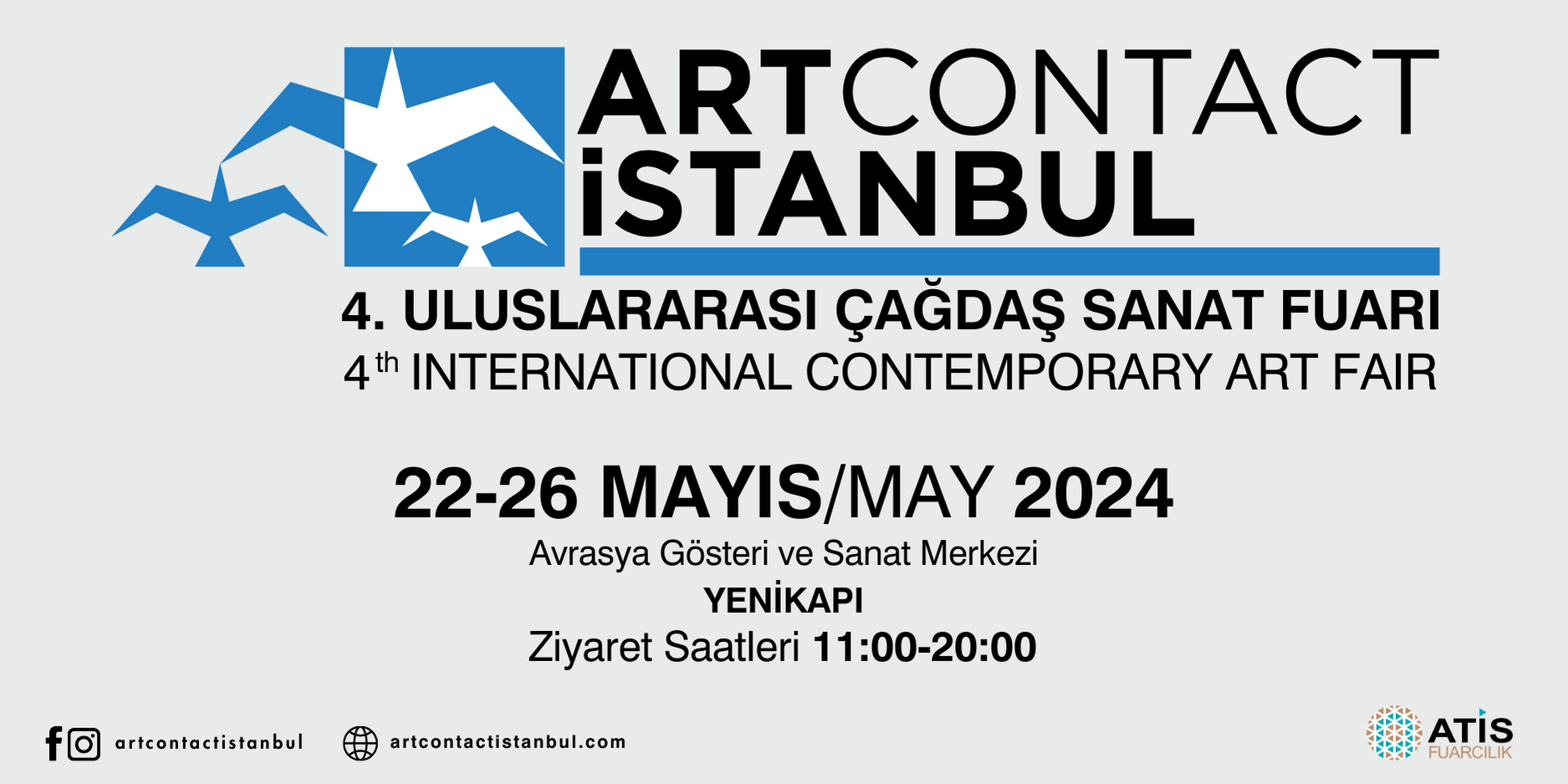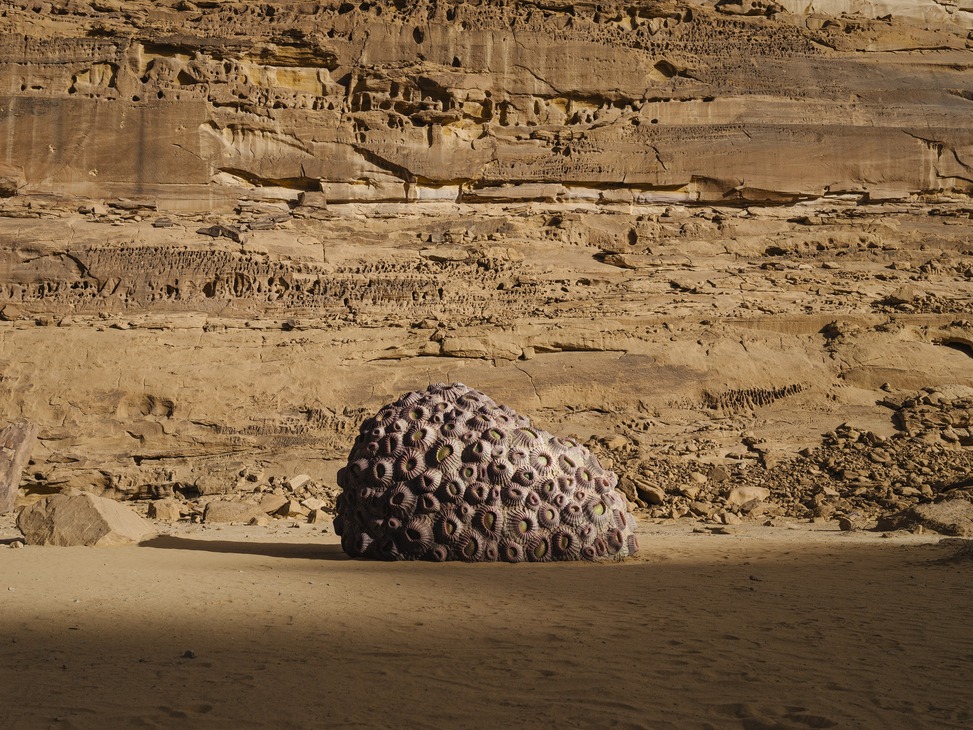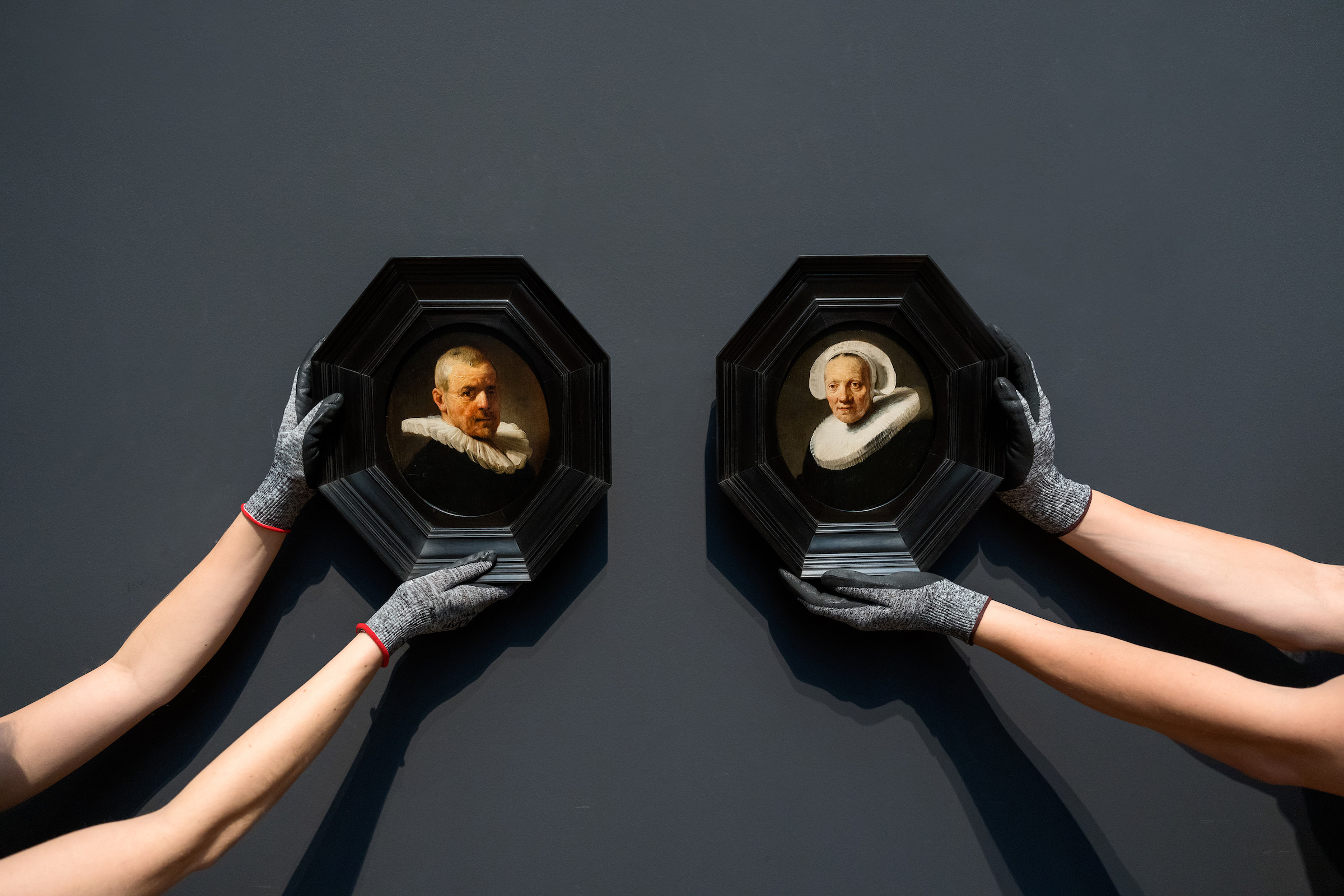The first-ever career-spanning exhibition dedicated to the Renaissance painter Francesco Pesellino (about 1422-1457) opens at the National Gallery in December 2023.
Active in Florence in the mid-15th century, Pesellino achieved a notable career but his early death at 35 and the subsequent misattribution of his surviving works have made him one of the greatest Renaissance painters that few people have heard of. This exhibition seeks to remedy that by presenting a monographic display of Pesellino’s achievements through his works in the National Gallery Collection as well as key works from across Europe and the USA, including the Clark Art Institute, Williamstown, USA, the Musée du Louvre, Paris, the Musée des Beaux-Arts, Lyon, and The Courtauld Gallery, London.
Born Francesco di Stefano in around 1422, he was known as Pesellino, after his grandfather Pesello who raised him and likely introduced him to painting. Pesellino’s painterly ambition, however, far outstripped his grandfather’s and he probably gained experience with other painters given his ability across media.
Defining features of Pesellino’s career were his exceptional talent in the painting of cose picole [sic] (small things), his propensity for working in collaboration and his commissions by Florence’s ruling Medici family. These three characteristics contributed to establishing Pesellino’s reputation among early chroniclers and historians.
The National Gallery is uniquely placed to introduce Pesellino’s work to a broader audience given the presence in its collection of two of his undisputed masterpieces; two cassone (chest) panels depicting the Story of David, about 1453-5, and the magnificent Pistoia Santa Trinità Altarpiece, 1455-60.
Fifty years on from when they were first displayed at the National Gallery, the two Story of David panels form the centrepiece of the exhibition. Probably dating from the last years of his career, they demonstrate the depth and breadth of Pesellino’s talents as a painter of complex narratives, ceremonial splendour, animals, and intricate detail. The panels have recently undergone an extensive conservation project and viewers can newly appreciate the care with which Pesellino designed and executed these remarkable works of art.
Displayed in the round, in cases, visitors can get closer to these intricate works than ever before and appreciate them not just as works of art, but also as objects intended for domestic use in the Renaissance home. Key to this redisplay is the opportunity to untangle Pesellino’s symbolism, which is at times playful and witty. Such symbols and heraldic devices which, scattered throughout the panels’ imagery, and even the subject of David himself, hint that these panels were a Medici commission.















